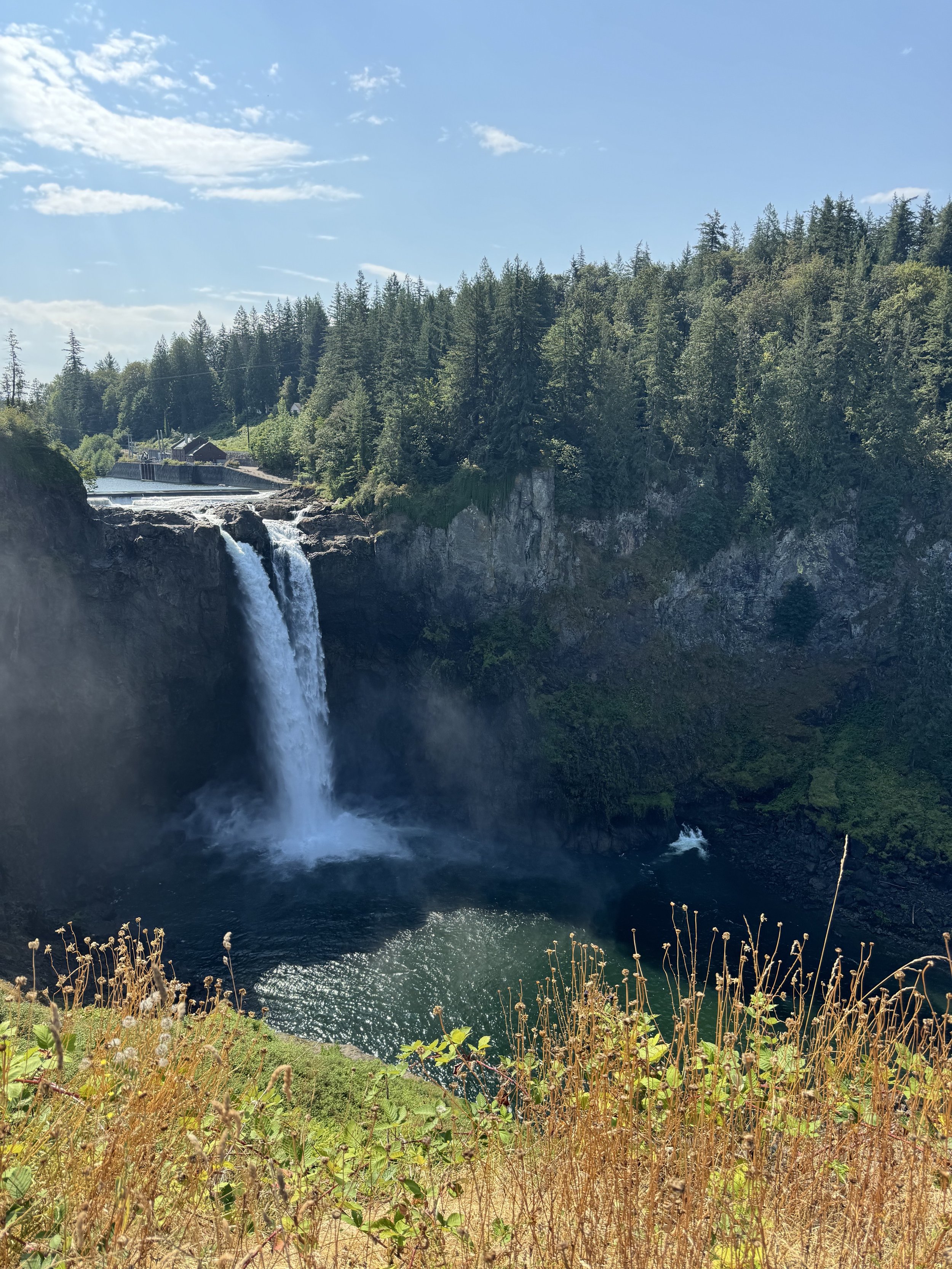Quiet Rollout
OpenAI didn’t spotlight image generation capabilities during the GPT-4o launch. The live demo focused on voice, speed, and real-time interaction—multimodal magic, not artistic depth. Image updates got a brief mention: better quality, more control, improved realism. But once you actually use it—once you start pushing it across dozens of global styles and art traditions—you realize this wasn’t just a refinement. It was a quiet leap. A turning point disguised as a footnote.
Real Capability
You can now recreate almost any visual tradition with a prompt. Not just “make it look like a painting,” but “make it look like a Korean Minhwa folk scene,” “a Tlingit formline design,” “a Tang Dynasty mural,” or “a Kalighat scroll.” It doesn’t just shift color or pattern—it mimics layout, symbolism, the visual logic of belief and storytelling. You’re not just changing the surface. You’re pulling from traditions that were once local, slow, and specific—and applying them in seconds, at scale.
Source
Above: My photo of Snoqualmie Falls in Washington.
GPT 4o Outputs
The Industry Shift
This isn’t really about Studio Ghibli, though that’s what got everyone’s attention. The bigger shift is that the entire history of art—folk, academic, sacred, commercial—is now a preset. You don’t learn a style. You select it. Creativity becomes less about skill, more about taste. The hard parts—practice, fluency, time—get skipped.
And that changes the creative world in quiet but serious ways. Designers don’t just compete with each other anymore—they compete with the past work of legends, automated and available to anyone. Artists become editors. Art schools split into two tracks: one that still teaches drawing, and one that teaches how to talk to machines. Campaigns test which look performs better. Visuals get optimized. Style becomes something you A/B test.
This isn’t a sci-fi disruption. It’s a clean, well-lit, boring dystopia—one where culture turns into content, and history becomes a menu of vibes. Everyone’s focused on how OpenAI commoditized Ghibli overnight. But the rest of the story is:
They commoditized art history overnight.
Reach out or connect on linkedin here.
































